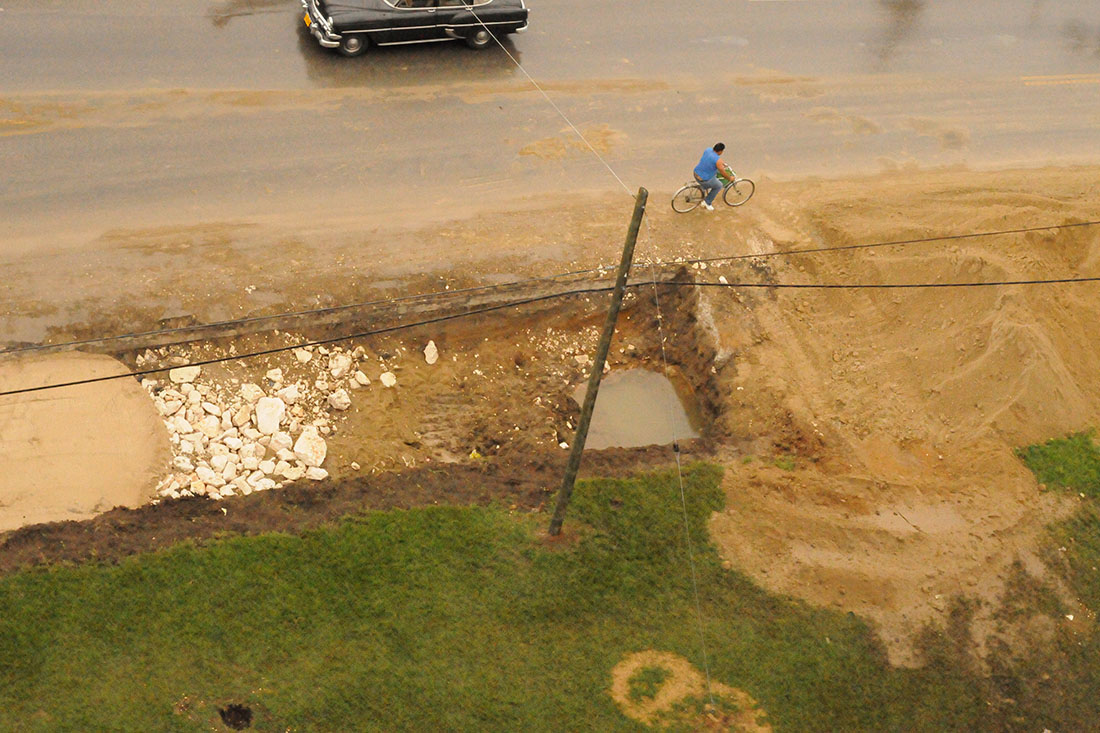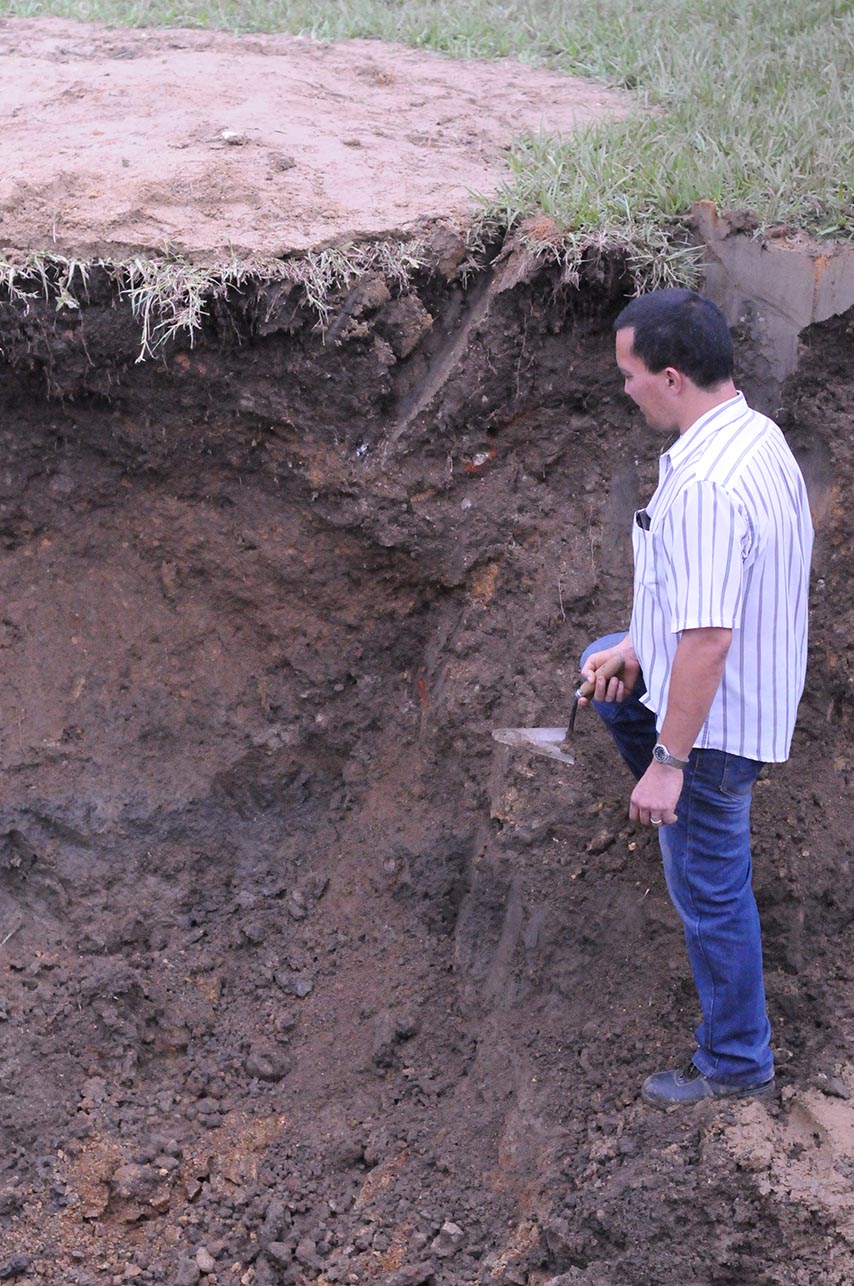By: Denys Rodríguez Bernet
Archaeological finds constitute part of the myths that have blurred archeology’s scientific character. Literature, and especially cinema, have contributed to consolidate the vision of the great treasures of ancient cultures in correspondence with the legends of the objects. In 2012, an archaeological find was reported on the Central Highway, where archaeologists went to study the material found.
In the present millennium, Camagüey has not escaped from those myths that have archeology as the protagonist, in residential and public sites where the discoveries of aboriginal and colonial ceramic objects, pieces of metal, glass, human remains and diets have been turned into cultural texts from bygone eras.
The excavations in the Ignacio Agramonte and José Martí parks, the old Havana Hotel, the second cloister of San Juan de Dios, the Pichardo Palace, the prison and other sites in the capital city; as well as in Punta de Guincho (Nuevitas) they have yielded knowledge about the archaeological heritage, from the study of the recovered remains.
However, archeology also thrives on chance discoveries. One of the least known was the one that occurred in June 2012 at the Central Highway roundabout, near the Interprovincial Bus Terminal. There, when an earthwork was carried out, a cache of weapons and several bottoms of ceramic stoneware bottles -commonly called canecas- and a horseshoe were found.
The Historian’s Office, which has the only archeology group certified for this activity, went to the site to study the evidence and confirm, through historical research, the possibility that they were in correspondence with the Spanish Punta de Diamante fort, built as part of the fortification works of the city in 1870.
Research contributions
The historical investigation provided that the place corresponds to the site where said fortification was located. This belonged to the system of fortifications that the Spanish authorities built during the Ten Years’ War, located to the east of the town, on the Camino Real that continued towards Santiago de Cuba and forked in the shape of a Y or diamond point towards the southeast, hence its name. The fort was surrounded by a palisade and a moat, with a garrison of nearly 300 armed men.
As background to this finding, a similar one was made in April 1989. On that occasion, the Adelante newspaper reported the news. A fragment of a brick wall and a third party were found, fortuitously as part of the construction work of the Interprovincial Bus Terminal of Camagüey, which generated interest in the population and many questions.
Analysis of recovered material
Among the weapons recovered were eight remains of Remington brand rifles, in addition to two fragments of machetes -in a poor state of conservation and highly oxidized due to weathering and humidity, which prevent the visualization of manufacturing marks and origin, as to whether they were manufactured in the United States or Spain. Although it was possible to verify, due to their shape, that they belong to third parties.
The Spanish infantry used Remington rifles as an official weapon since 1871, bought in the United States, until it was produced in Spain and was replaced by the Mauser in 1893. The mambises used this weapon until the end of the 1895 war.
From this, several hypotheses were handled. One, that with the change of the weapon system they were discarded to avoid their use. Another, that after the signing of the Zanjón Pact on February 28th, 1878, the Camagüeyan forces of the Liberation Army, upon entering the town from the eastern zone – where the fort was located – were forced to lay down their arms as surrender signal.
In any case, the rifles were disposed of in a well or defensive ditch that surrounded the fort with the condemned barrel, that is, broken and crushed, to prevent them from being used.
Archeology contributes to the study of the past. Hence the importance of fortuitous findings being properly reported to the entities in charge of safeguarding and preserving our cultural historical heritage, so that the material remains that are recovered are not discarded, but studied and that they answer questions that have not yet been revealed.
References
Labrada, E. (Jueves, 20 de abril de 1989). ¿Restos del Fuerte Punta de Diamante? Periódico Adelante, pág. 6.
Ramos, A. (1984). Las armas del ejército mambí. La Habana: Política.
Springer, J. A. (1874). Puerto Príncipe – Cuba. Informe de viaje del Cónsul de Estados Unidos en La Habana remitido a su Gobierno. Washington D.C: Nacional Archives.
Translated by: Aileen Álvarez García









